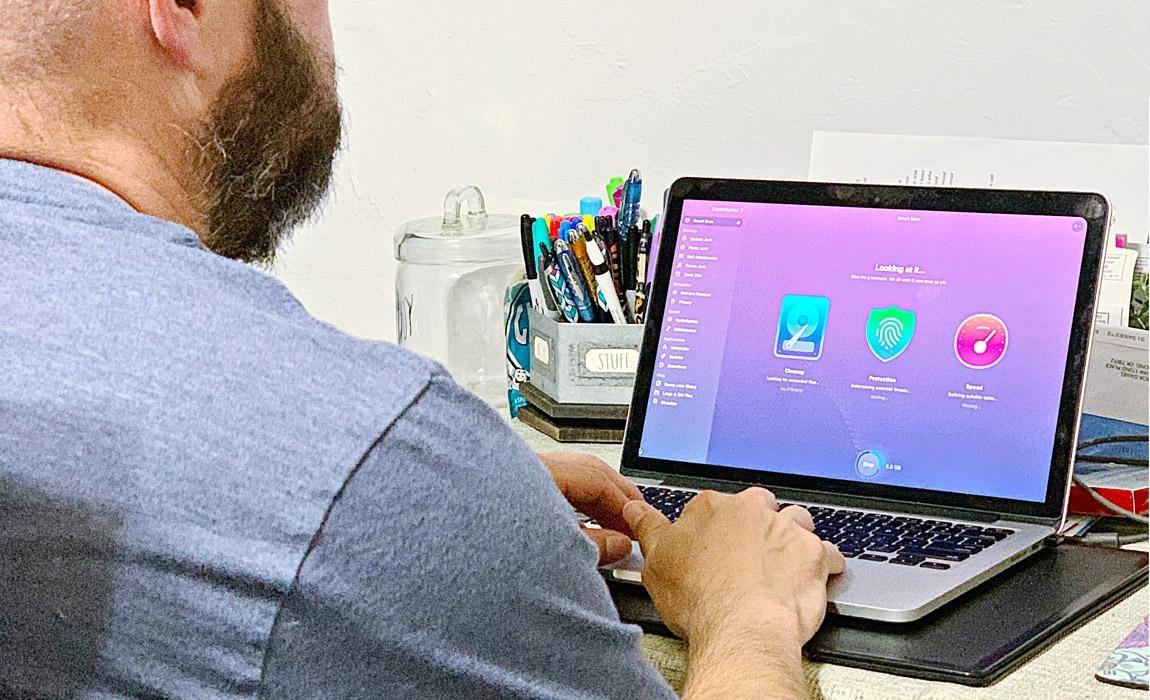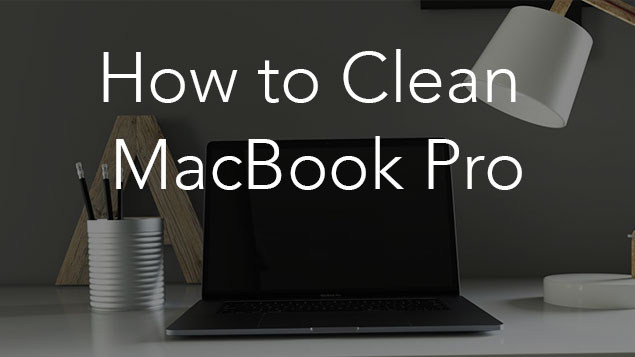



This way, you may reduce the cleanup time from hours to minutes. Therefore, it is recommended to download Combo Cleaner and scan your system for these stubborn files. These pests are typically manifested as aggressive plugins or extensions that are furtively embedded in Apple’s native Safari and additionally installed third-party web browsers, such as Mac versions of Chrome or Firefox.Ī virus may re-infect your Mac multiple times unless you delete all of its fragments, including hidden ones. Let’s start with the former, that is, malicious apps taking over web browsers and rerouting traffic to what’s called landing pages – mostly pseudo search engines, junk ecommerce resources or sites hosting drive-by virus downloads. This is a vast niche encompassing browser redirect viruses, also known as hijackers, and ad-injecting culprits. There have been numerous adware, scareware, and even some ransomware campaigns zeroing on this platform over the past years, and this trend continues to be the case.Īs far as the quantity goes, adware is by far the dominating threat to MacBook Pro’s. Some might argue that macOS virus is the exception rather than the rule, but we can prove this wrong. Technically, these fancy devices are just as susceptible to infections as their less powerful counterparts, primarily because they run the same operating system. Moreover, it also means “premium” focus of cybercriminals who are constantly scouring the Mac landscape for preys. Such an honorable status, though, doesn’t make them any better protected against malware than entry level Mac machines.
HOW DO I CLEAN MY MAC COMPUTER UP PRO
MacBook Pro is a premium line of Apple’s laptops. This is an all-in-one summary on virus infecting MacBook Pro laptops, with a special emphasis on methods to remove all types of harmful code from them.


 0 kommentar(er)
0 kommentar(er)
